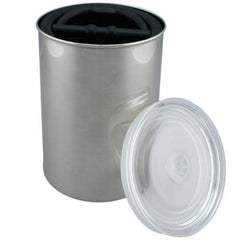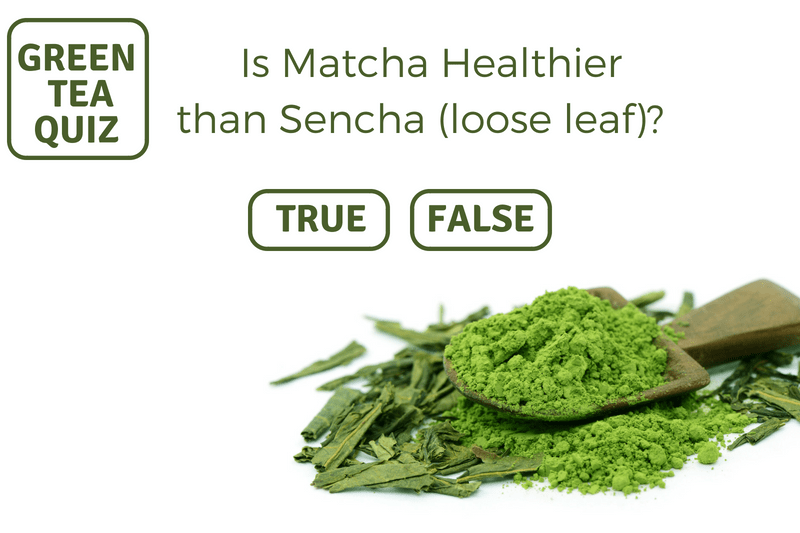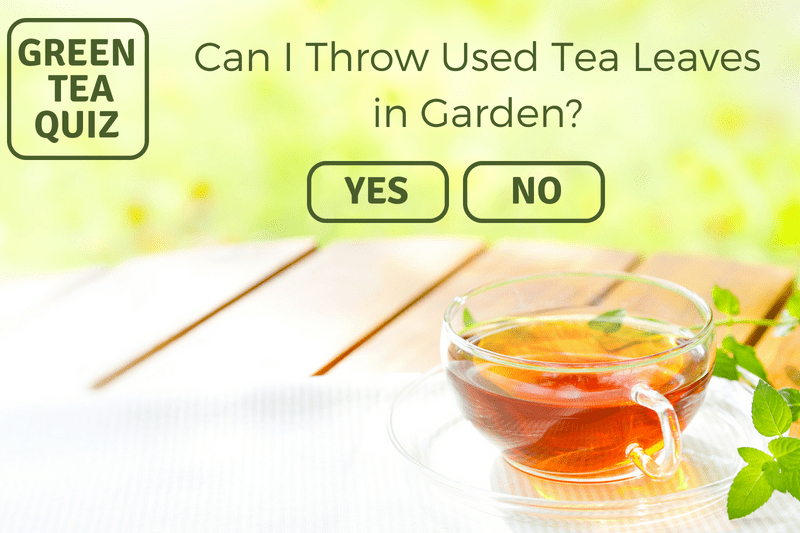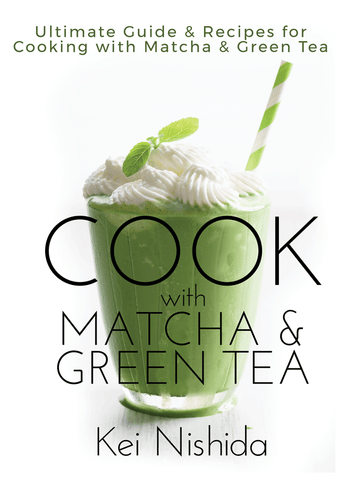What is the best way to store your matcha & Japanese green tea?
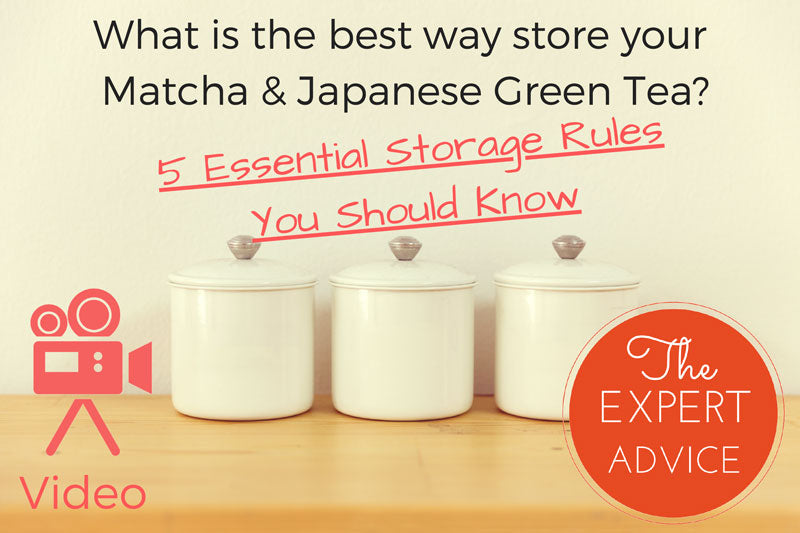
This article was posted back in 2018, but since it was popular, we made videos out of them. Check out the video and enjoy the original article below!
If you like this video, please click here to subscribe to our YouTube Channel so that you don't miss future videos from us. Subscribe to YouTube Channel
Video Length: - 6 minutes 4 seconds
5 Essential Storage Rules for Matcha and Japanese Green Tea
Matcha, an ancient Japanese green tea, that has become widespread due to its countless health benefits, antioxidant properties, and similar-to-coffee caffeine content. Before you run to the store and stock up on this vibrant green powder, however, you must know how to care for it.
Matcha is delicate, like a newborn baby. You simply cannot leave an open jar of matcha powder on your kitchen counter – when exposed to elements such as heat and air, matcha will lose its flavor, freshness, and antioxidants within days.
Read on to learn how to store matcha the proper way to ensure that you get the most out of this ancient elixir.
Rule #1 - Oxygen Robs Matcha Tea of Life-Preserving Catechins and Vitamins
Catechins are a type of antioxidant found in matcha tea. In fact, this is probably one of the reasons you began drinking matcha in the first place – you heard of its abundant health benefits. However, you must take proper care of your tea to ensure that it retains those benefits.
Matcha tea’s number-one threat is oxygen. Oxidization deteriorates the tea’s nutrients such as catechins and vitamins. Therefore, your matcha must be stored in an airtight container.
There are numerous airtight containers on the market, many of them created specifically for tea storage. Make sure not to store your tea in a simple Ziploc bag or plastic kitchen container, however, because your matcha will still be exposed to the air that is inside the container, and thus, it will oxidize.
You need a container which squeezes the air out, leaving the tea in a vacuum. One strategy is to put matcha into a Ziploc bag, squeeze all of the air out, and then store that bag inside a matcha-specific airtight container such as DICTEA – Airtight Small Storage Jar Porcelain Container for Matcha Powder and Loose Leaf Tea. Keep reading for more top-notch oxygen-proof storage options.
DICTEA – Airtight Small Storage Jar Porcelain Container for Matcha Powder and Loose Leaf Tea.
Rule #2 - Storing in the Fridge Prevents Heat Damage, but, it May Make Your Tea Taste Funny
You may also know that heat and humidity can turn matcha tea stale. If you live in a hot and humid place, you may be tempted to throw your jar of matcha in the fridge. Before you do so, however, we suggest you consider these additional points.
Firstly, tea (especially matcha tea) will quickly absorb strong odors including that leftover plate of chicken wings sitting in your fridge covered in tinfoil. Without proper precautions, your precious matcha could end up tasting like leftover chicken wings.
To prevent this fate, we once again recommend storing matcha in multiple layers of airtight protection. A good method is to use the Ziploc bag inside of an airtight container, as described above.
Rule #3 - Don’t Prepare Cold Matcha Straight Out of the Fridge
Furthermore, storing tea in the fridge may, in fact, create the humidity-damaging effects that you intended to prevent.
When you remove the tea from the fridge, the tea is cold. It then comes into contact with warmer air in your house, producing condensation and therefore introducing the tea to freshness-damaging moisture.
A solution is to take out the tea storage container, keep the lid closed, and let it warm up for several hours on the counter. After the tea has been allowed to warm up for at least half a day, then you may open the container and prepare delicious matcha.
In short, storing matcha in the fridge (not in the freezer) is fine if you care for your tea properly.
Rule #4 - Store Matcha in The Dark: Light Will Eat Away its Abundant Chlorophyll
Chlorophyll is a chemical which gives plants their green color. Because matcha is a special variety of shade-grown green tea, it takes much longer for the plant to mature, and thus, the tea leaves produce higher levels of chlorophyll – this is what makes matcha distinct from other green teas and what gives it its electric green color.
The drawback is that as light helps matcha plants produce chlorophyll, it also destroys chlorophyll once the matcha is processed. Therefore, tea experts suggest storing matcha in a dark place or a dark (not clear) container. Exposing matcha to light, they say, may give the tea a metallic taste.
For this reason, we suggest not storing matcha in a clear or translucent container; or, if you must, place the clear container in a dark closet which you don’t open frequently. Or, simply store matcha in an opaque, airtight container such as the ones mentioned in this article, which you can keep in the fridge or on the kitchen counter.
Rule #5 - If I Leave Matcha in the Cabinet for 10 Years, will it Taste Better?
Some people may tell you that “aged matcha” is even more flavorful than fresh matcha, and you may even see aged matcha on store shelves. You may be tempted to try aging your own matcha to see what happens. However, we advise against it.
Tea experts can create aged matcha in heat, light, and humidity-controlled environments. As we’ve explained, matcha is a fragile beverage, and aging such a finicky tea takes extreme oversight and care.
However, leaving matcha in your cabinet for several years will ruin its freshness and may even make you sick. Even with the best care, matcha has a shelf life of about 1 year, and most recommend consuming it within 60 days of opening.
AirScape: A Safe, Convenient Way to Store Matcha
AirScape containers are popular among coffee drinkers… and they should be popular with matcha drinkers, too. Why? Because coffee and tea share the same threats to their freshness: oxygen, heat, light, moisture, and strong odors.
Due to the AirScape container’s one-way air valve, it ensures that whatever you put in it has a completely air-free home. If you have a lot of matcha to store, or even just a little, it’ll be safe and free from oxidation in one of these containers.
Additionally, the container is opaque, which prevents light damage. This feature will also prevent strong kitchen odors from damaging your tea’s vibrant taste. While a bit pricier than a basic matcha jar, this container will ensure that your delicious matcha loses none of its flavors. See price and product description here.
What’s the Bottom Line?
Use an AirScape container, or at least an airtight, opaque matcha container. If you live in a hot place, store the matcha container in the fridge; however, be sure to let it come to room temperature before opening the container. Lastly, prepare matcha within two months of opening, and keep unopened containers for no longer than one year.
This article was originally published on T-Ching where my article is featured.
Related Articles You May Be Interested In
Get Free Download
If you have ever thought that Green Tea is an ìacquired tasteî or that it is ìtoo bitterî to enjoy, weíre here to change your mind! We want everyone to experience the health benefits of Green Tea and show you that this can be an amazing, refreshing, and delicious drink when made correctly. With just a few tips on how to brew this powerful leaf, we can change your mind about the taste and enjoyment of drinking Green Tea.
Donít miss out on the health benefits of tea!
- Improve health
- Increase brain function
- Regulate weight
- Lower your risk of cancers
- Reduce risk of heart disease
- Lowers risk of diabetes
We know that you will love this tips to brewing tea and getting the most flavor and elegance out of every cup. Sign up for our newsletter and get this great informative manual on brewing green tea. You will learn what it is that makes it one of the most popular beverages in the world.
The E-Book also includes the chapter of Kei Nishida's book, "Art of Brewing Japanese Green Tea" where he teaches you how to brew hot and cold Japanese Green Tea.
Also in Japanese Green Tea Lovers in India
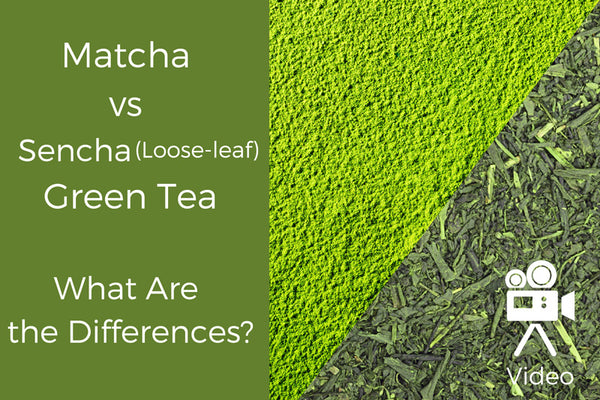
TYPES OF TEA: MATCHA VS SENCHA GREEN TEA: WHAT ARE THE DIFFERENCES?
When it comes to different types of tea, matcha and sencha green tea are two many people have questions about! Get answers in this post.

Is Green Tea Good Against Depression?

Japanese Green Tea Co. Acquires ShizuokaTea.com, KagoshimaTea.com & Green Tea Merchant
In 2020, Japanese Green Tea Co. officially acquired ShizuokaTea.com, KagoshimaTea.com, and Green Team Merchant.
Green Tea Merchant, who has been operating ShizuokaTea.com, KagoshimaTea.com, has been the pioneer of online Japanese tea sales ran by Kent Rhoads since 2000.



